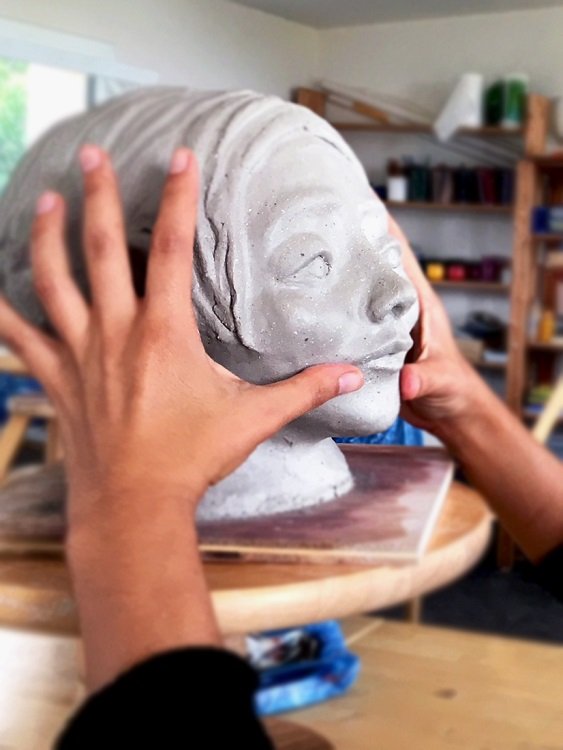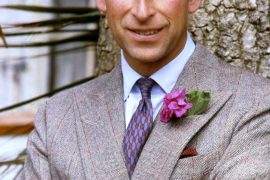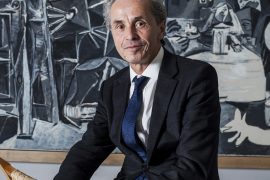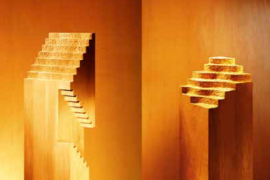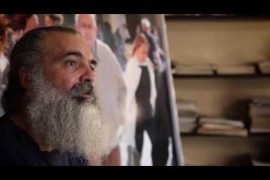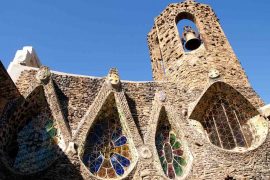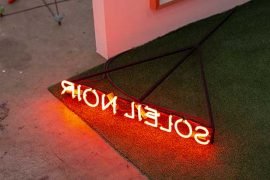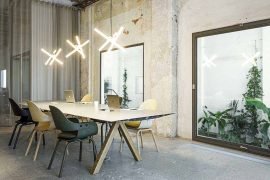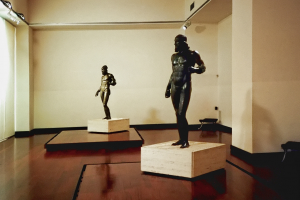[dropcap letter=”T”]
he paradigm of contemporary society tends to reduce the human constitution to the physical, and we forget that place where our emotions or deepest longings reside. The growing tendency to automation throughout the human arena, the disconnection from natural rhythms, the accumulation of knowledge thought up by others without learning to develop one’s own living thought, the almost robotic care that conventional medicine offers, the diversity of toxic substances in the food industry, etc. presents us with a scenario where the human being has lost importance. We live in a society that tends towards dehumanization and consequently egoism; We spent more time consuming screens than sunsets. It is in this scenario where imbalances appear and take root, disorders such as depressions, anxieties, insomnia, chemical hypersensitivity syndromes, eating disorders and allergies, cancer, Attention Deficit Hyperactivity Disorder or ADHD, and the so-called digital dementia and Internet addiction that psychiatrist and neuroscientist Manfred Spitzer talks about.
Art restores the human condition, rebuilds the path towards the sense of being human. We all carry a yearning for freedom, an urge to love and the ability to create: we are all artists! We are committed to making it so, to look at that invisible thing that lives within, to get to know it, to transform ourselves, and consequently transform society. Art is not a distraction nor the exclusive luxury of a few, but a human need; we simply need to recognize ourselves as creative beings, and that is where artherapy plays an important role as a means of diagnosis, self-knowledge and change. Art therapy recognizes the power and the need for a creative dimension. It uses different arts, such as painting, modelling, sculpture, movement and music to build a bridge towards the interior of the individual, facilitating not only expression but also the impression, in the soul, of what may be lacking. The world of colours is the direct expression of the world of the soul, a conscious work with colour as a relative of emotions will exert an effect on physiology, harmonizing the balance lost. Through artherapy you can influence physical, vital-psychological, mental and intellectual functions. In this kind of therapeutic work, the process is more important than the result, this is where the work of art is no longer the canvas but the human being modelling herself in search of harmony.
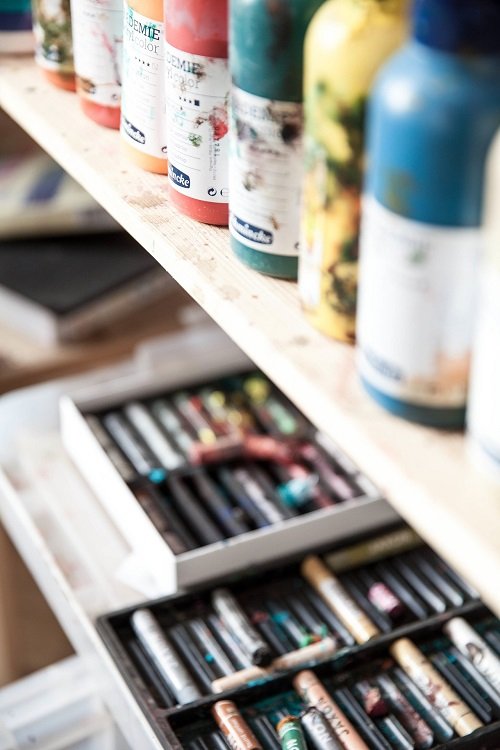
The healing effect of artistic creation is made possible by the fact that in artistic activity we can observe and perceive rules evident in our very selves, for example as elements that strengthen or weaken, unite or dissolve, stimulate or calm, that shape images or listen; and that we also find in pathological processes as imbalances. Patients are accompanied and encouraged through therapy to actively and creatively intercede in the pathological process and to exploit the access they have to restorative resources. In this way, the process of shaping their own fate, and the challenge the disease constitutes is one of the central themes in the course of artherapy that will serve as a basis for healing.
Artherapy thus accompanies medicine, education and social therapy. Therapy through art offers hospital and out-patient care in therapy groups, clinics, rehabilitation centres, health and special education institutions, social therapy institutions, in the correctional system and in the context of traumatic situations. In some European countries, health insurance covers the cost of medically prescribed art therapy. It also acts as social medicine in groups of people with a common goal such as work teams, improving relationships, developing trust and real communication, in resolving conflicts and in arousing creative capacity.
Artherapy is applied at certain institutions in Barcelona as an active part of treatment, for example at the Sant Joan de Déu hospital, where it is a valuable tool for knowledge of children, and at La Santa Creu and Sant Pau hospital, where it is also present in the cancer treatment services and the palliative care unit. There are several independent initiatives supported by state bodies such as the case of the Truth, Memory and Reconciliation Commission (for victims of armed conflict in Colombia) supported by the International Catalan Institute for Peace (ICIP) together with Barcelona City Council, while in psychotherapy there are centres that accompany children, youths and adults prioritising the resources offered by art, such as the Psique i Art Psychotherapy Centre. Artherapy is thus a valuable element for self-knowledge, and individual and collective transformation. It is a space to encounter the divine facet that resides within us.

